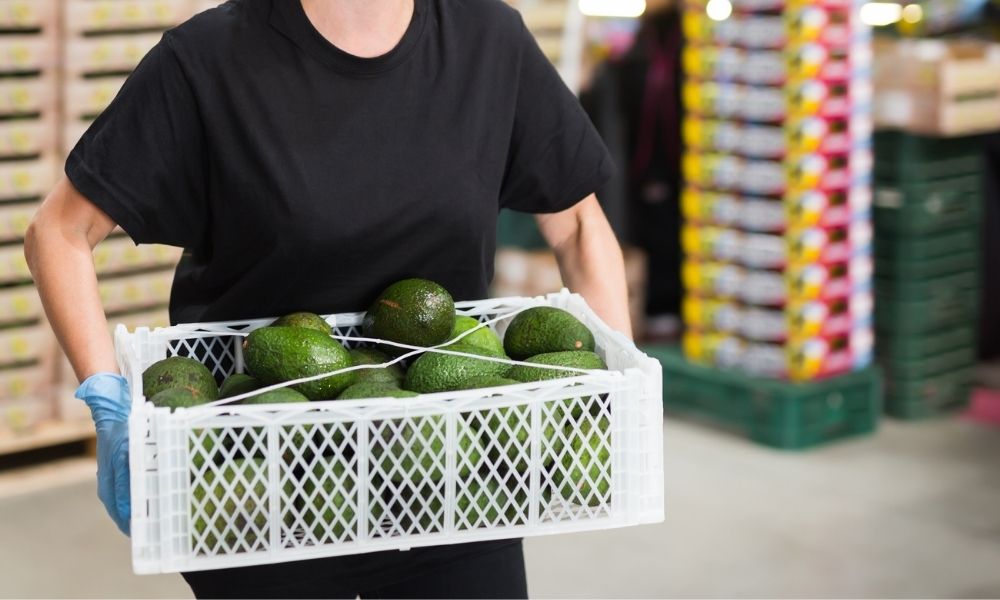
Every participant in the food and beverage industry knows that competition is no joke. You need to think through every component of your product to get a leg up, and safety is not something to neglect. You can inspire confidence when customers think of your brand and can’t remember a single safety concern, or you can make the general public wary if you’ve experienced a recall.
Keep reading to discover what you should know about food-grade packaging.
What Is Food-Grade Packaging?
Simply put, food-grade packaging is a container that keeps food safe to eat. Non-food-grade packaging can transfer toxic substances to the food that it’s holding—ensure your packaging meets FDA requirements to avoid shipping food in dangerous containers. Different foods (they could be wet, dry, acidic, or basic) may require a particular material for safe storage.
The Importance of Form and Function
While food-grade materials are crucial, the form of your packaging is the difference between enticing your customers and turning them away. Ensure your packaging stays consistent with your company’s brand while showing off your product. The colors you choose are as important as the words you use to describe your product.
What Materials Can You Use?
There are several packaging options for your food or beverage products.
Aluminum
Aluminum is commonly used for cans and foils, meaning that it has specific applications. It can withstand temperature fluctuations and gives its contents a long shelf life with a strong gas barrier.
Glass
Glass is among the most reliable and least toxic of all the food packaging materials. As plastics and metals have grown in popularity, glass has been reserved for high-value products.
Plastic
Plastic is the most ubiquitous material for food and beverage packaging. There are several benefits of plastic materials, and there are many types of food-grade plastics. It’s the most cost-efficient material and is both thermo sealable and microwaveable.
Now that you understand what you should know about food-grade packaging, put thought into your next design to ensure it combines form and function.






